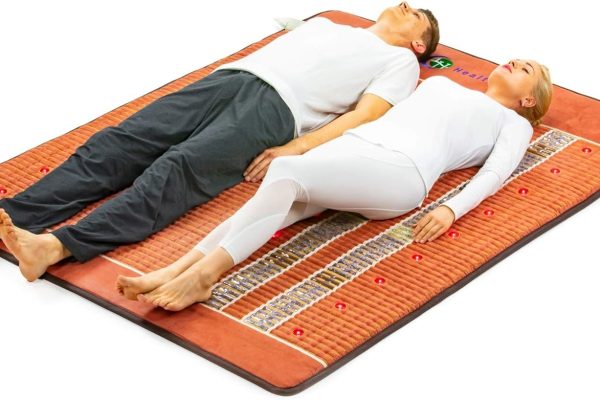If you’re going to be doing woodworking of any sort, then a saw is an essential piece of equipment. You can think of the saw as a bit like a lot of tiny chisels, positioned all in a row. They come in many different sorts. The powered saws can make quick cuts repeatedly and with a high degree of precision; the hand-saws tend to be preferred by woodworkers who want to take the time to get things right.
New woodworkers might already have equipped themselves with back saws, coping saws, and hacksaws. But there are a few more obscure varieties that might appeal to you. Let’s take a look at a few of the more interesting.
Japanese Saw
It’s fair to say that there are many different types of Japanese handsaw, but the one that’s getting favour in the west comes with a thin, fine blade, which works on a pull rather than a push. The blade tends to be strong enough to be flexed, which makes it a pleasure to work with. The action of pulling the blade might also feel more intuitive to many woodworkers.
Jab Saw
This is a saw you might use for stabbing a hole in a piece of timber. It’s great for cutting through plasterboard that’s already part of a wall, especially if the space is awkward and you aren’t able to bring power-tools to bear on the task.
Veneer Saw
This highly-specialised handsaw is used for cutting a workpiece into very thin strips that can be later used as veneers. If you’d like to cover your project in a little bit of high-quality timber, like alder or ivory, then a veneer saw makes the perfect way to do it.
Pruning Saw
A pruning saw comes with a curved blade that allows you to easily make cuts, even when you’re reaching overhead. It tends to be used, as you might imagine, for pruning branches away from a tree. You can find this in both hand and powered versions.
Drywall Saw
This one is actually very similar to the jab saw, and so if you’ve already got one, then you probably don’t need the other. The drywall saw tends to be just a little bit shorter, with a wider, coarser blade.





